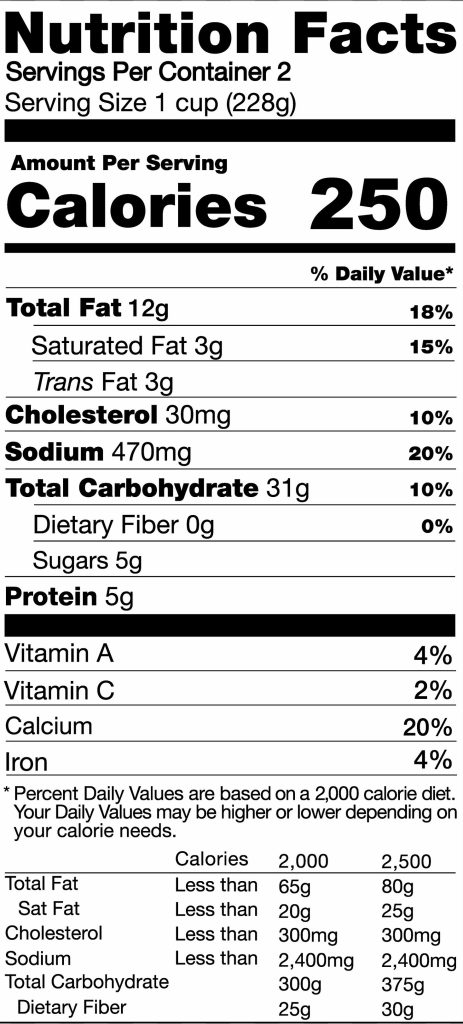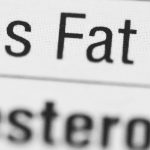Cholesterol is a type of fat that is essential for a number of important bodily functions, but it’s crucial to maintain balance. While our bodies produce cholesterol naturally, the foods we consume can also contribute to our cholesterol levels. It is advised to consume no more than 300 milligrams (mg) of cholesterol a day, to remain healthy and less at risk of heart disease. To assist you in making wise dietary decisions, we’ll analyse the cholesterol levels of a few popular foods.
Eggs
One large egg contains approximately 186 milligrammes (mg) of cholesterol. Eggs are often regarded as a high-cholesterol food due to the yolk. However, research suggests that the impact of eggs on cholesterol levels is more nuanced. Moderate egg consumption, up to one egg per day, does not significantly raise LDL (bad) cholesterol levels in healthy individuals.
| Food | Cholesterol Content (In an Egg) |
|---|---|
| One egg white | 0 mg |
| One egg yolk | 186 mg1 |
Red meat
Red meat, such as beef and lamb, is a good source of protein but can be high in cholesterol. A 100 gram (3.5 ounce) serving of beef may contain around 78–90mg of cholesterol, depending on the cut and how it is prepared.
| Red Meat | Cholesterol Content (mg per 100g) |
|---|---|
| Beef (ground, lean) | 78-90mg |
| Beef (short ribs) | 94mg |
| Beef liver | 389-400mg |
| Lamb (foreshank) | 106 mg |
| Pork | Varies by cut, but typically around 70 mg |
Read More: Top 10 cholestrol lowering foods
Chicken
Chicken is a leaner meat option compared to red meat. A 100 gram serving of chicken breast typically contains about 85 mg of cholesterol. Removing the skin can reduce the cholesterol content. Below, you’ll find the cholesterol content in 100 grams of chicken breast prepared using various cooking methods.* It’s worth noting that chicken breast has the lowest cholesterol content of all chicken cuts.
| A piece of chicken breast (100 g) | Cholesterol content (mg per 100g) |
|---|---|
| Light-fried with flour | 89 mg |
| Roasted | 84 mg |
| Stewed, skinless | 77 mg |
Salmon
Salmon is a fatty fish that provides heart-healthy omega-3 fatty acids. A 100 gram (3.5 ounce) serving of salmon generally contains around 50-65 mg of cholesterol.
Cheese
Cheese is a dairy product that varies widely in its cholesterol content. On average, a 28 gram (1 ounce) serving of cheddar cheese may contain approximately 30 mg of cholesterol.
| Dairy Product | Portion | Cholesterol Content(mg) |
|---|---|---|
| Cheddar cheese | 28g | 30 mg |
| Cottage cheese (low-fat) | 1 cup | 10 mg |
| Yoghurt (whole) | 1 cup | 29 mg |
| Yoghurt (non-fat) | 1 cup | 10 mg |
Cholesterol content in Various Cheese Varieties and Yoghurt4
Prawns
Seafood like prawns is known for its cholesterol content.*** A 100 gram (3.5 ounce) serving of prawns can contain about 194 mg of cholesterol. Shrimp and squid are the seafood with the most cholesterol content 231 mg and 194 mg respectively.
| Seafood(raw, 100g) | Cholesterol Content (mg per 100g) |
|---|---|
| Prawns | 194 mg |
| Salmon | 63 mg |
| Tuna (in water) | 30 mg |
| Oysters | 55 mg |
| Crab | 52 mg |
| Lobster | 71 mg |
Cholestrol content in different seafoods5 6
Milk
Milk is a staple in many diets and is rich in nutrients like calcium and vitamin D. One cup (240 millilitres) of whole milk contains around 33mg of cholesterol. Other types of cow milk with less fat have less cholesterol.
| Type of milk | Cholesterol content (mg per cup) |
|---|---|
| Milk (whole) | 33 mg |
| Milk (low-fat) | 10 mg |
| Milk (fat-free, skimmed milk) | 4 mg |
Cholesterol levels in different types of milk7
Read more: How Fat Affects Cholesterol Levels: What You Need to Know
Mayonnaise
Mayonnaise, a common condiment, is made from eggs and oil. A tablespoon of mayonnaise typically contains around 5.8 mg of cholesterol8.
Butter
Butter is a dairy product high in saturated fat. One tablespoon of butter contains approximately 31 mg of cholesterol.
| Fat (1tsp) | Cholesterol Content (mg per tsp) |
|---|---|
| Butter | 11mg |
| Margarine | 0 |
| Vegetable oils | 0 |
How to check cholesterol in food items

Checking the nutritional information label on food packaging is a simple yet effective way to determine its cholesterol content. The label typically lists the amount of cholesterol per serving, along with other important information such as total fat saturated fat, and unsaturated fat.
At-home cholesterol testing for a personal snapshot
If you’re concerned about your cholesterol levels, taking an at-home finger prick test like DocHQ’s Cholesterol Check can provide valuable insights into your overall cholesterol profile. These convenient tests allow you to collect a sample from your fingertip and send it to one of our certified labs. Within a few days, you’ll receive a detailed report outlining your total cholesterol, LDL (bad) cholesterol, HDL (good) cholesterol and triglyceride levels along with medical advice regarding what your results mean and advice on next steps, leaving you empowered to take charge of your own health.
Reference List
- Eggs and Cholesterol. (n.d.). Retrieved from https://www.webmd.com/cholesterol-management/eggs-and-cholesterol ↩︎
- UCSF Health. (2023). Cholesterol Content of Foods. Retrieved from https://www.ucsfhealth.org/education/cholesterol-content-of-foods ↩︎
- Schaefer, A. (2016). Piece by Piece: A Guide to Cholesterol in Chicken. Retrieved from https://www.healthline.com/health/high-cholesterol/cholesterol-in-chicken ↩︎
- UCSF Health. (2023). Cholesterol Content of Foods. Retrieved from https://www.ucsfhealth.org/education/cholesterol-content-of-foods ↩︎
- UCSF Health. (2023). Cholesterol Content of Foods. Retrieved from https://www.ucsfhealth.org/education/cholesterol-content-of-foods ↩︎
- Are Crabmeat & Shrimp High in Cholesterol? | livestrong. (n.d.). Retrieved from https://www.livestrong.com/article/420320-are-crabmeat-shrimp-high-in-cholesterol/ ↩︎
- UCSF Health. (2023). Cholesterol Content of Foods. Retrieved from https://www.ucsfhealth.org/education/cholesterol-content-of-foods ↩︎ ↩︎
- FoodData Central Search Results. (n.d.). Retrieved from https://fdc.nal.usda.gov/fdc-app.html#/food-details/171009/nutrients ↩︎
- UCSF Health. (2023). Cholesterol Content of Foods. Retrieved from https://www.ucsfhealth.org/education/cholesterol-content-of-foods ↩︎



